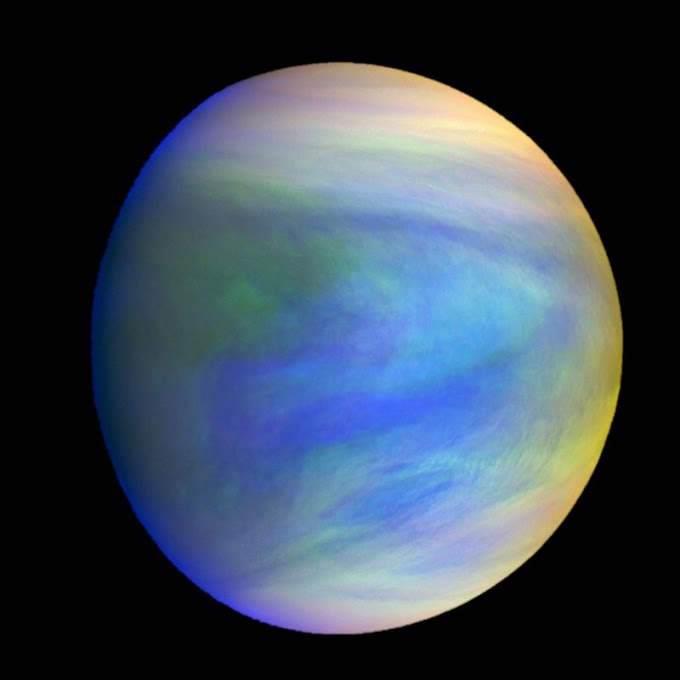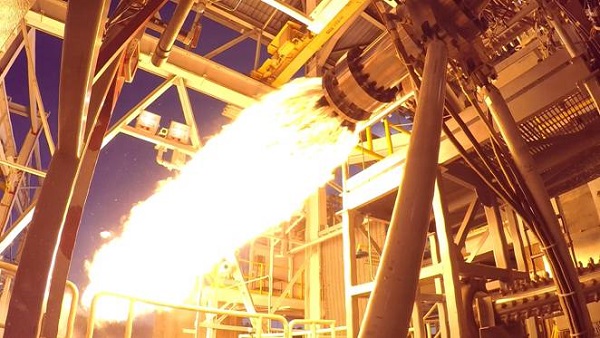Billions and trillions of planets exist beyond our solar system.The number of exoplanets discovered beyond the interstellar space has increased rapidly in the past couple decades. The Milky Way contains around ten billion Sun-like stars, there are likely to be billions of planets in our Galaxy. All of these planet-hosting stars will eventually die, leaving behind burnt-out remnants known as white dwarfs. Enter Vandenberg et al who reported the discovery of a planet that passes in front of a Jupiter-sized white dwarf WD 1856+534 every 1.4 days.This white dwarf was previously a giant star, the outer envelope of which once extended well beyond the planet’s orbit. This raises the question of how the planet arrived in its current orbit.
 |
| Source: Gemini Observatory |
FIRST EVER EXOPLANETS DISCOVERED
Astronomers have been on a hunt to find a Sun-like star beyond our solar system since the 1980s. That search came to an end in 1992 when Aleksander Wolszczan and Dale Frail detected the first confirmed exoplanets using the pulsar timing method. But what came as a surprise was that these planets were orbiting a pulsar. What is a pulsar? Why was finding a planetary system orbiting around it a big surprise?To understand a pulsar one needs to be familiar with neutron stars. Neutron stars are one of the densest objects in the universe. They form when a giant star dies and explodes because of the collapse of its core. In simple terms, the star becomes too massive to go on and expels all its energy into the surrounding space in the form of a detonation. When that core collapses, depending on the size of the star, it becomes either a neutron star or a black hole.Some neutron stars give off regular “pulses” in the form of radio frequencies referred to as Pulsars. A Pulsar is a dead object twice the size of the Sun. They are a host to one of the strongest magnetic fields in the universe. They spin at around a thousand revolutions per minute. They are supported by exotic quantum forces. A very violent but yet awesome process takes place in the formation of these gigantic objects.
 |
| Source: NASA/JPL-Caltech |
Visualize a solar system like our own where the planet-hosting star expands to become a giant. Imagine its core contracting as it expels out energy. Conceptualize the star becoming a supernova, picture the detonation. Envision the violent process leading to the formation of a pulsar. Now, question how those exoplanets survived that entire process. This discovery can not be addressed as a weird fluke of nature, this is miraculous.The pulsar had three zombie-like planets transiting it.When a star explodes, usually the planets in that system are destroyed or flung out by a shockwave. But after the violence settles down, the gas and dust can recondense. This, in effect, means that the three planets may be made out of parts of the planets that came before them.This was the first verified planets around another star, but no proof of planets around a star like the Sun.
GLIMPSE INTO THE FUTURE OF OUR SOLAR SYSTEM
Stars like the Sun are born with huge reserves of hydrogen, but eventually this supply is exhausted. The Sun's core fuses hydrogen into helium which produces a copious amount of energy that supports the star s against gravitational collapse.A fundamental change will take place in the universe when the Sun's hydrogen supply will be exhausted.
When a very small amount of hydrogen will remain in the core of our star, the fusion reaction of hydrogen to helium will result in the Sun to swell up to an enormous size. This would cause the surface of the Sun to engulf both Mercury ,Venus and potentially Earth as well. The Sun will start to eject its outer layer into the interstellar space like a vomit of electrons, protons and plasma. Thereby, shrinking in size resulting in the planets to move outwards,away from the Sun, in order to conserve angular momentum. When the ejection is completed the Sun would have decreased into a white dwarf.
The above scenario perfectly portrays the destruction of the planets near the Sun. However,the asteroid belt, Mars and the gas giants will probably stay in altered orbits with the Sun. It is more likely that the white dwarf will be host to the remnant planetary system.Nonetheless, there has been no evidence of any planet orbiting a white dwarf. This, however, has changed because Vanderburg et al., who used data collected by NASA’s Transiting Exoplanet Survey Satellite (TESS) mission to detect the periodic dimming of the white dwarf WD 1856+534. Lo and behold because the dimming is caused by a planet passing between the Earth and the white dwarf.
The shape of the transit of WD 1856+534 gives a good idea about the radius of the orbiting planet.Using infrared data, experts calculate the mass of the orbiting 14 times the mass of Jupiter. This confirms that the orbiting object is indeed a planet, but the unknown mass makes it impossible to tell whether the planet has been fundamentally altered by the death of its host star.
 |
| Source:Nature Astronomy |
One of the biggest questions to emerge is how the planet ended up so close to the white dwarf. The planet is located roughly 20 times closer to the white dwarf than Mercury is to the Sun. If Vanderburg and colleagues assume that the inner planetary system was swallowed by the expanding star, it seems extremely unlikely that the planet has always been this close to its star. Hence, they suggest two plausible explanations. The first is that the planet tore off the outer layers of the expanding star when it was engulfed in order to avoid destruction. The second is that several planets survived the death of the star but their altered orbit resulted in them interacting with each other. The latter sounds promising as it gives rise to the probability of finding more additional planets. Thereby, opening a new system of exoplanetary research.






3 Comments
Like your words, too cool🔐
ReplyDeleteSuperb info .
ReplyDelete👍👍
ReplyDelete